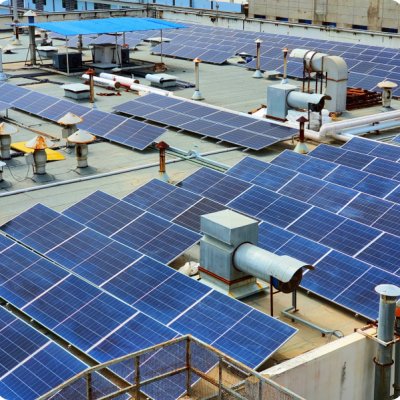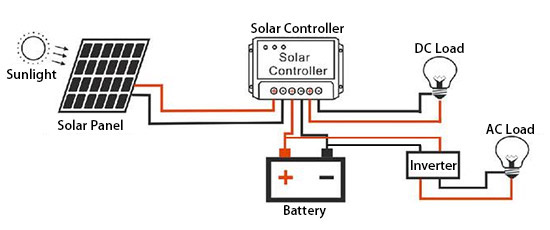
solar panel system with the greatest update in 2024, the rising importance of Sustainable energy sources Solar power emerges as a promising symbol of being more environmentally friendly. But understanding solar panels can be daunting sometimes. This guide is your roadmap to demystifying solar energy.
In this blog, we will talk to you about the definitions, types, and components of solar panel systems. We also guide you in choosing the right solar system for households in the Netherlands and other countries as per your practical needs. Whether a seasoned solar enthusiast or a begging taker’s first step toward sustainability, this guide illuminates the path to a cleaner, brighter future.
Solar panel system performance:
A solar panel system, also known as a photovoltaic system, is a technology that harnesses energy from the sun and converts it into electricity for various applications. A typical solar panel system includes solar panels, inverters, solar batteries, and other components. These components work in conjunction with light to produce the energy you can use.
Solar Panel System Types:
Solar panel system types are on-grid, off-grid, and hybrid.
On-grid:
On-grid systems go hand in hand with the net metering program. This means that any surplus energy solar systems generate can be fed back into the grid, earning credit for system owners and potentially saving their utility bills. make on-grid systems and an affordable solar system that is portable by many house owners.
Off-Grid:
Off-grid solar energy systems, also known as stand-alone solar battery systems, are designed for areas without access to the electrical grid. Compared to on-grid solar systems, they are completely disconnected from the grid. As a result, these systems need batteries to store excess energy generated during the day for use at night or during cloudy periods.
Hybrid:
Hybrid solar systems combine the features of both on-grid and off-grid systems. On the one hand, the hybrid has battery storage to store energy, just like an off-grid system. Hybrid systems provide the flexibility of off-grid setup with the security of grid connecting, making them a choice for those who want to reduce energy costs by having a reliable backup during outages.

solar panel system, right size:
Choosing the right size for a solar panel system ensures that your daily energy needs are covered in full while not incurring exorbitant maintenance costs.
- Calculate Daily Energy: Begin by examining your utility bills to determine your monthly energy consumption in kilowatt-hours (kWh). Collect data over several months for a more accurate average. Divide the total kWh by the number of days to obtain your daily energy usage. This figure is essential for sizing your solar system.
- Identify Sun Hours: Consider the peak sun hours in your location. These are the hours when your solar panels can absorb and convert sunlight into electricity. Peak sun hours vary depending on your geographical location and the time of year. Refer to the relevant information from the local government or weather report authorities.
- Determine Solar Panel: Solar panels come in various sizes and efficiencies, generating different wattages. You must account for these differences in your calculations. Start by converting your daily kWh usage into watts by multiplying it by 1,000.
- System Size: Divide the watt-hours by your peak sun hours. This calculation will give you the total number of watts your solar system should generate daily.
Conclusion:
As solar technology advances and becomes more accessible, it’s our hope that this guide has dispelled some mist surrounding the concept of solar panel systems and encouraged you to embrace them. By learning about the essentials of solar systems and making informed decisions about your solar installation choice, you can significantly reduce your carbon footprint, cut energy costs, and contribute to a greener tomorrow.

I enjoyed reading your piece and it provided me with a lot of value.
Sustain the excellent work and producing in the group!